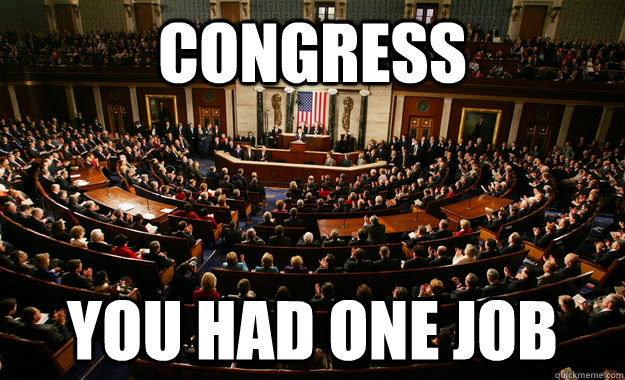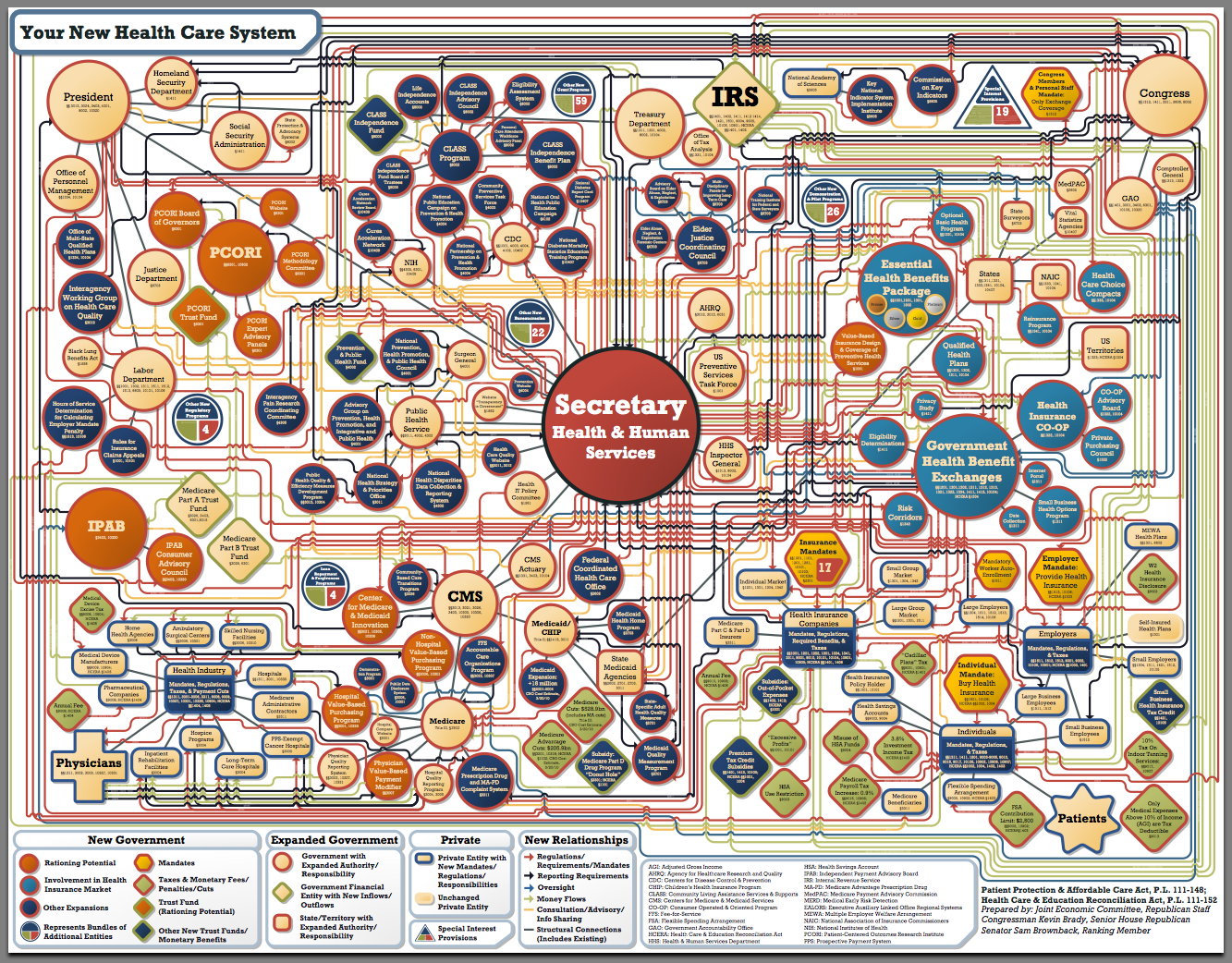For the first post in this category (Tech Thursdays, as in career tech, not digital tech), we’ll begin to take a look at the arms of Common Core than extend BEYOND 12th grade. Didn’t think it was true? Didn’t know it was possible? Many people, even in the anti Common Core movement believe CCSS is only K-12. However, more and more evidence is surfacing to disprove this. CCSS begins in Pre-K and extends all the way to graduate schools. For the sake of today’s article, however, with one report that will give us a great look into the world of adult education. Adult education encompasses community colleges, proprietary schools (those ‘for profit’ schools), public and private colleges/universities, as well as all those on-line courses. Because this report is for the vocational realm, it appears that community colleges, technical schools are the main connections. However, I didn’t find any evidence that all this was exclusive to community colleges and technical schools. As Thursday is the day I will be using to focus on all of the adult CCSS, there will be plenty of time to explore all these areas.
First, the featured document
College and Career Readiness in Adult Education by Susan Pimental, April 2013 is a report written for the US Dept. of Education’s Office of Vocational and Adult Education (OVAE for short). Now, I have no proof, but I’m guessing by the disclaimer in the report and the year this was written, there had been enough noise made about transparency that the need for such a set of statements was made (it will be repeated throughout the report, too.). Common Core writers participated in this report as well. All those ‘stakeholders’ who reviewed the draft set of college/career readiness for adults had a hand in it as well. States with CCSS or stakeholder spots on this adult review team included KY, WV, OH, MA, NC, IL, NY, WI, VT, SD, AZ, and PA. The author goes on to tell you that adult education standards are NOT new, they are at least 10 years old. “Clearer expectations”; ‘promoting state-level institutionalization of adult education content standards’ are just 2 of the phrases used to express the point..a stronger bond between education and work. Yes, even the now classic phrase, ’21st Century ready’ is used. Now, here’s the concept, as an adult, that I find the most ‘entertaining’, it wasn’t until Common Core Standards until any sort of consensus occurred to so successfully unite education & work! REALLY?! So, does this mean anything before CCSS wasn’t credible?! C’mon! No revelation to how the author came to this conclusion is given. However, a tremendous amount of data was used.
The Fine Print
“Importance of college/career readiness cannot be overstated”. (the phrase, however, is so over used it’s awful). Leading economists have done their homework, they’re the ones who have studied which skills/knowledge are needed to earn a living. Because of this, or in addition to, CCSS is ‘ambitious’ when it comes to adult education. Why CCSS in adult mode gives you: Beginning Algebra, Advanced Algebra, Geometry, Data Analysis and Statistics. Language will have adults using demanding analytic reasoning, as well as verbal and written work to complete. In other words, training adults to work via remediation! Here’s an excerpt you’ll want to read found on page 5, “The initial Common Core State Standards (CCSS) initiative was a state-led effort coordinated by the National Governors Association Center for Best Practices and the Council of Chief State School Officers to develop education standards for English Language Arts and Literacy in History/Social Studies, Science, and Technical Subjects and Mathematics for voluntary state adoption. The CCSS differ in one noteworthy respect from earlier state standards efforts: the CCSS are anchored by empirical evidence of what employers and educators actually demand of prospective employees and students. Indeed, standards were selected only when the best available evidence indicated that their mastery was needed for college and career readiness (NGA 2010b, 2010c, pp. 91–93).
With 46 states adopting the CCSS, a full range of standards-based resources are being developed from which adult education can benefit. These include formative and summative assessments, instructional materials, teacher preparation, and professional development opportunities. In addition, publishers and assessment designers have considerable incentive to align materials carefully and closely, including textbooks, technology-based resources, and a range of formative and summative assessments. These materials will be more robust than any one state—or any one program—could afford to develop on its own.” Wait, I’m an adult, I have a busy life, what if I don’t have time for all the CCS course work?! Relax, because you’ve lived your life and had so many experiences, you’re good to go!! (note: some CCSS content expresses that no prior knowledge will be accepted, but that’s later on).
On to the Standards!!
I don’t know about you, but after all this build up, I’m ready to see just how robust these adult education level CCSS parameters are!! Are you?! Here’s a sample screen shot:
If you cannot read the image very well, it will be included at the end of this post so you can access it. This is from page 14. The sample is from the Reading Standards. Reading levels begin at grade 1, level one and progress to grade 12, level 7. Following the reading standards, are the writing ones. There are many more of those than reading. The writing standards begin at grade one, level 2 and progress to grade 12, level 9. For speaking/listening standards, course work begins at Kindergarten, level 2 and increases to grade 12, level 6. Language Arts begins at Kindergarten, level 1 and ends at grade 12, level 6.
According to the report, adult education in CCSS Language & Literacy is to be ‘more complex’ (that’s the first focus point). What it will look like is instruction and assessment texts covering history, arts, science, and disciplines of literature. Vocabulary words are also thrown in for you. The second focus area: ‘more evidence’. In other words, how well can you cite sources? How easily can you speak about ‘purposeful academic talk?’ How well can you answer questions based off the texts you read, not your life’s experiences or other prior knowledge? The third focus: ‘more knowledge’ or disciplines in social studies, more science and technical topics are applied here. Informational text will be the majority of your knowledge base. How well you comprehend all this is up to you. I’m sure there’s a test to measure it.
For math in adult education, 3 main focal points are what you find, in other words, the most important elements of CCSS math. First one: ‘focus’, it appears this is more aimed at the teachers than students. Delving deeper and covering less vs covering much material. Supposedly you’ll be a more confident and fluent adult this way. Second: ‘coherence’ will have the instructors more reliant on the students and be able to count on their understanding before progressing on. Third, ‘rigor’ (oh, you knew it would show up sooner or later). Concepts + fluency + applications all at the same levels. In plain speak, be able to know more than the answer or how you got it. You’ll need to solve the problems from several perspectives. Unlike the sample above, math adult CCSS are grouped by letters. A is K-1st, B is 2nd & 3rd, C is 4th-6th, D is 6th-8th, E is High School. For each letter, only 2 headings: Practice and Content.
Bonus material
You’ll be able to find much more in-depth detail about each of the adult CCSS education standards, strands, concepts, objectives for math on your own. So, say you want to see just how the algebra stacks up, you can read to your heart’s delight and your brain’s amazement.
Contributing to this report are such hallowed CCSS groups as ACT(aligned its assessment before the other high stakes assessments, created WorkKeys which is used on students in middle school to pre-determine what job track they will be placed in), GED(Pearson Publishing owned & CCSS aligned), PARCC(high stakes assessment & data mining), and STEM (trained citizens).
In Appendix B you’ll find the words ‘deliberate’ and ‘redundanices, repetition’ in connection with adult educated students. Appendix C will share why CCSS was the chosen vehicle, or at least what is willing to be offered up to us.
Not mentioned in the report, but definitely connected are the following links, videos.
https://www.youtube.com/watch?v=jnHlDyr2Y6E#t=
(Value of ACT’s Workkeys & Workforce Alignment)



Thank you for the sharing. I’ll be revealing more in the coming weeks. Stay tuned!
Thank you for passing this on, especially as a homeschool parent. Many are under the impression homeschools aren’t impacted by CCSS until standardized tests. So not the reality.